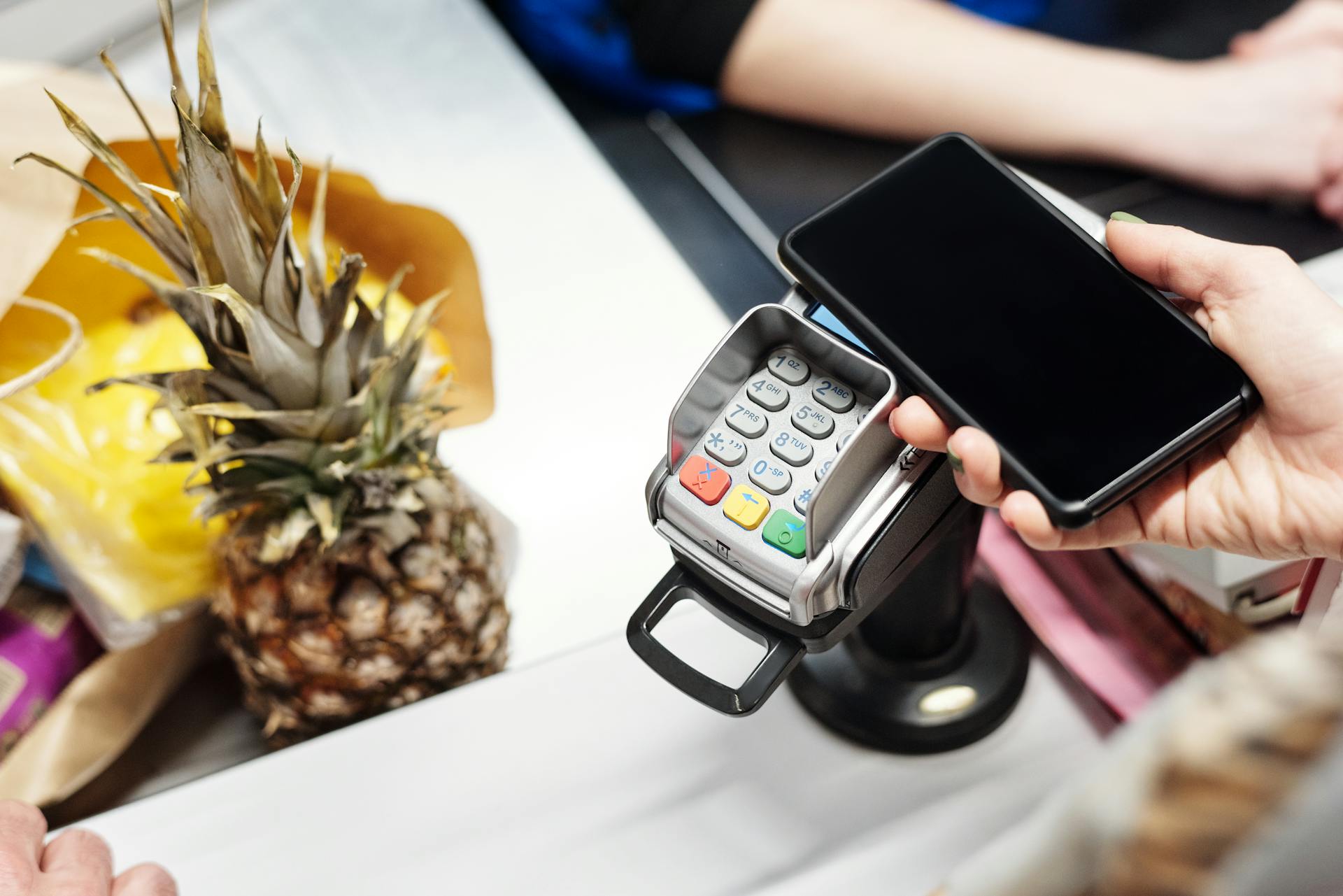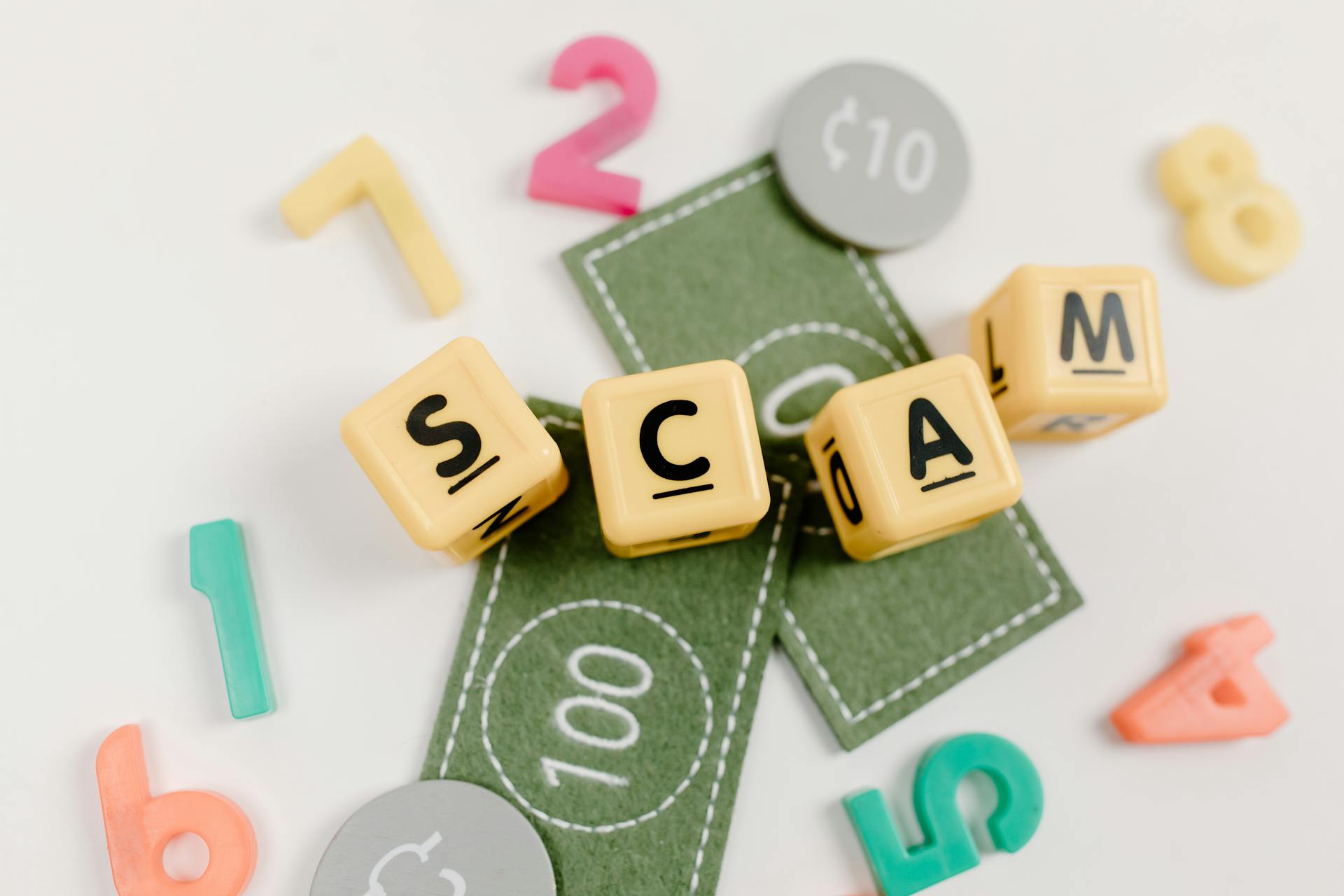
Scammers often target Apple Cash users with phishing emails that appear to be from Apple, but are actually designed to trick you into revealing sensitive information.
One common tactic is to send an email that claims your Apple Cash account has been compromised and requires immediate action to secure it.
Legitimate Apple communications will never ask you to provide sensitive information via email, so be cautious of any requests that seem urgent or suspicious.
To prevent falling victim to these scams, always verify the authenticity of any communication by contacting Apple directly through their official support channels.
Protecting Against Scammers
Fraud complaints from digital payment systems have increased by 12% from January to November in 2022, making it essential to be cautious when using Apple Cash. Treat Apple Cash as if you are handing someone physical cash, and only send money to family and friends.
Be cautious on public Wi-Fi, as it's not secure. Don't enter sensitive information when on public Wi-Fi networks, and if you must, make sure you're using a VPN. Enable added security, such as 2FA, biometrics, and unique passcodes, to secure your devices and Apple Pay account.

Never give out your 2FA codes or Apple ID or password, as no legitimate customer support agent will need this information. Learn the warning signs of phishing scams and stay up to date with the latest phishing scams designed to steal your sensitive information.
Use a credit card instead of a debit card on Apple Pay, as financial institutions and card issuers protect against credit card losses. Regularly check your credit report and bank statements for any unauthorized transactions or accounts you don't recognize.
Here are some common scams associated with Apple Pay:
- Phishing scams: Scammers may send you emails, text messages, or phone calls impersonating legitimate entities, such as Apple or financial institutions.
- Stolen device fraud: If your iPhone or Apple Watch is lost or stolen and not properly secured, thieves may be able to access the device and make unauthorized transactions.
- Fraudulent transactions: Scammers may obtain stolen credit card information and add these cards to their Apple Pay accounts to make fraudulent transactions.
- Peer-to-peer payment scams: Scammers may pose as sellers or buyers in online marketplaces and request payment via Apple Pay.
- Account takeover attacks: Hackers may attempt to gain unauthorized access to your Apple Pay account by exploiting weak passwords or security vulnerabilities.
To protect yourself from Apple Pay scams, consider implementing these security measures:
- Enable two-factor authentication (2FA) to add an extra layer of security to your Apple ID.
- Use Face ID or Touch ID authentication for Apple Pay transactions to ensure that only you can authorize payments.
- Regularly monitor your bank and credit card statements for any unauthorized transactions.
- Be skeptical of unsolicited requests for personal or financial information.
- Secure your devices with strong passcodes or passwords and enable features like Find My iPhone.
- Keep your software and apps up to date to patch known vulnerabilities and protect against malware and other threats.
Recognizing Scams
Apple Pay scams can be sophisticated, but there are common red flags to watch out for. Phishing scams, for example, often involve fake emails or text messages that impersonate Apple or financial institutions, asking for personal or financial information.
To avoid falling victim to phishing scams, be cautious of unsolicited requests for sensitive information. Apple warns users not to give out their 2FA codes, Apple ID, or password to anyone, even if they claim to be from Apple support.
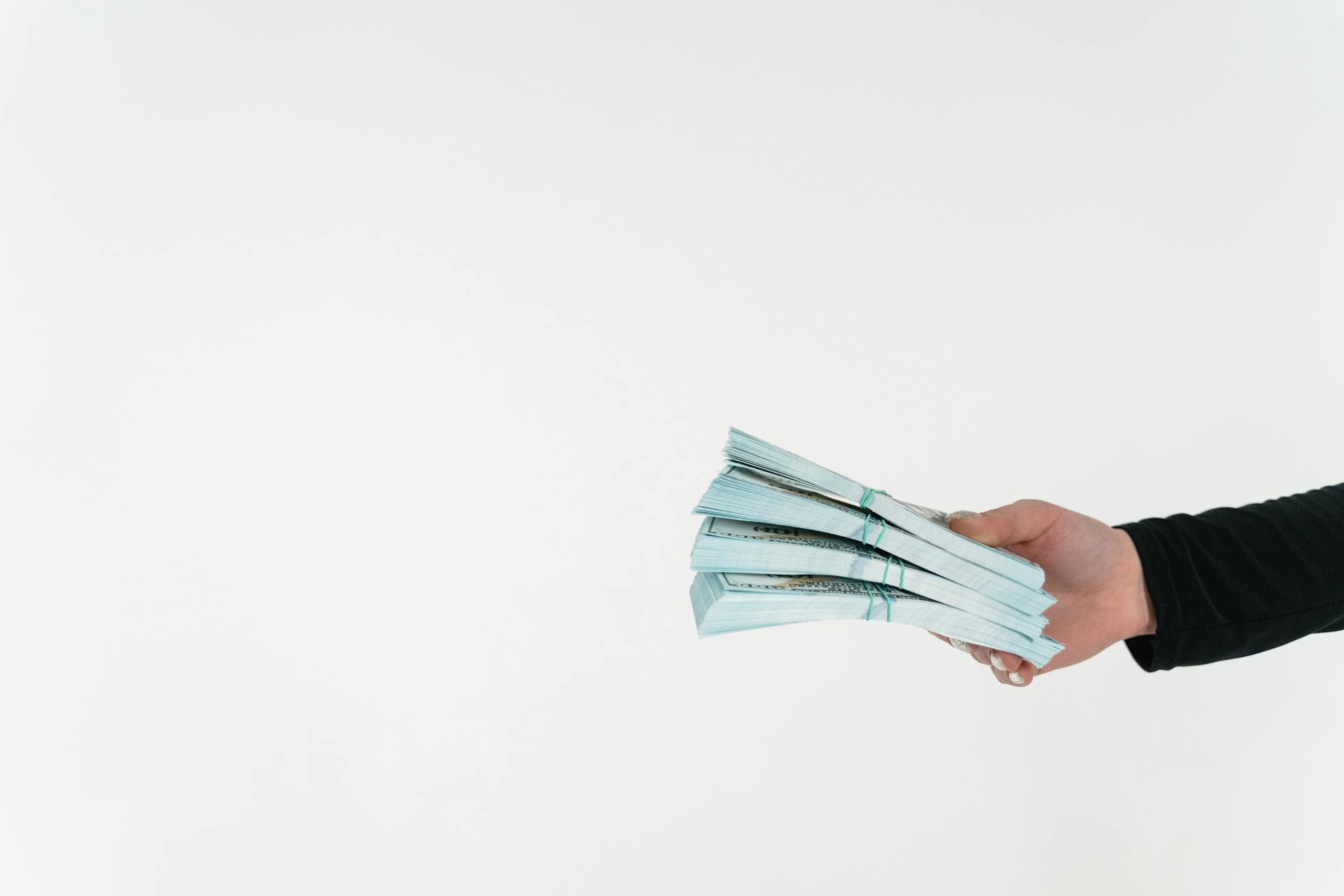
Some scams involve stolen device fraud, where thieves access a lost or stolen iPhone or Apple Watch and make unauthorized transactions using Apple Pay. This highlights the importance of securing devices with strong passwords and enabling features like Find My iPhone.
Fraudulent transactions can also occur when scammers obtain stolen credit card information and add it to their Apple Pay account. To stay safe, regularly monitor your bank and credit card statements for any unauthorized transactions.
Peer-to-peer payment scams are another type of Apple Pay scam, where scammers pose as sellers or buyers in online marketplaces and request payment via Apple Pay. Be cautious when making payments to unknown parties, and only transact with trusted individuals or reputable businesses.
Here are some common Apple Pay scams to watch out for:
- Phishing scams: emails, text messages, or phone calls impersonating Apple or financial institutions
- Stolen device fraud: thieves access a lost or stolen iPhone or Apple Watch and make unauthorized transactions
- Fraudulent transactions: scammers use stolen credit card information to make purchases
- Peer-to-peer payment scams: scammers pose as sellers or buyers in online marketplaces
- Account takeover attacks: hackers gain unauthorized access to users' Apple Pay accounts
By being aware of these common scams, you can take steps to protect yourself and your money.
What to Do If You've Been Scammed
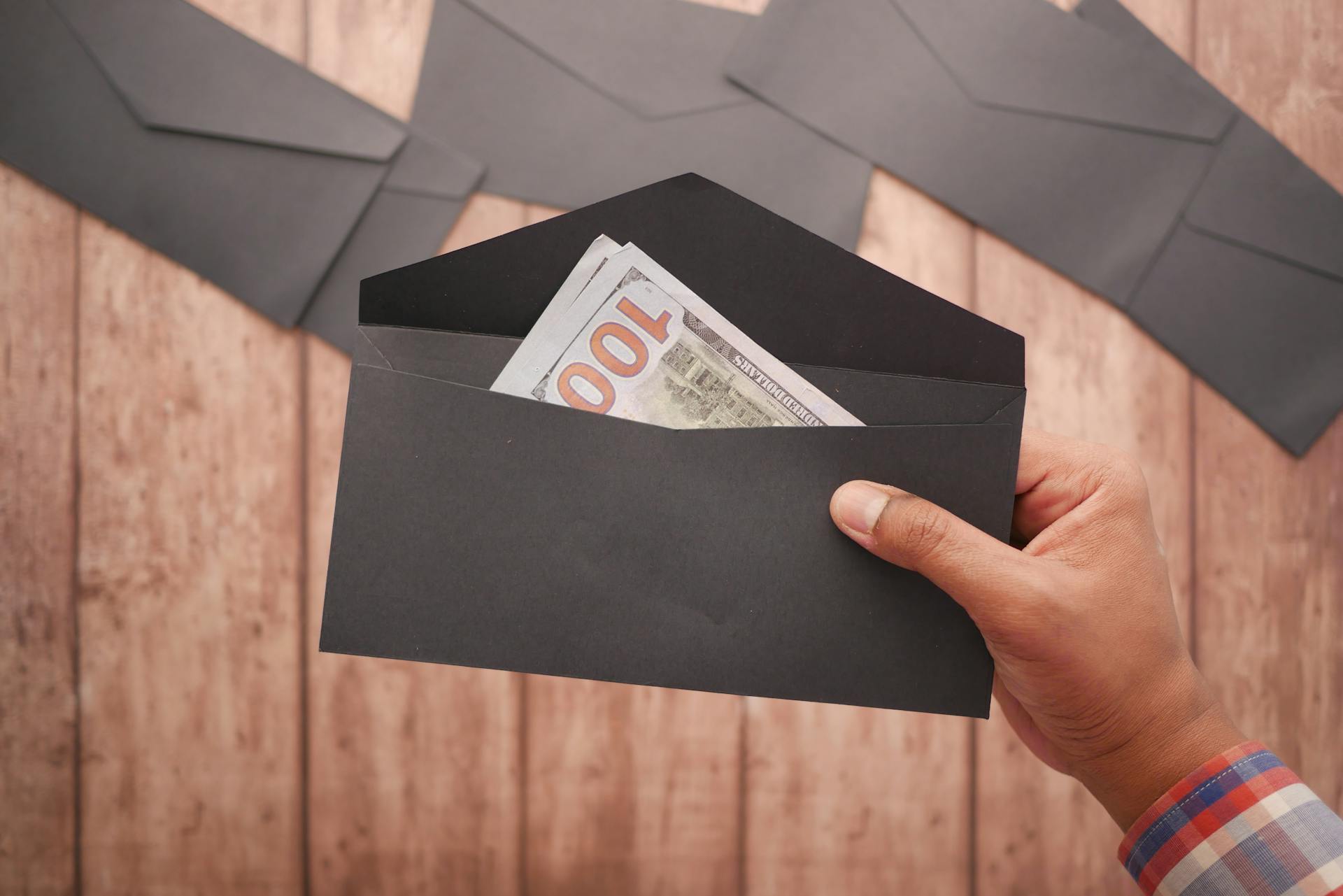
If you suspect you've been a victim of an Apple Pay scam, canceling the payment is your first step. Find the transaction in the Wallet & Apple Pay app and tap on the fraudulent transaction to cancel it.
You should also contact your bank to request the payment be canceled or refunded. Credit card companies are more likely to refund the transaction than a bank linked to your debit card.
To report the scam, open the Wallet & Apple Pay app, tap the transaction, and select "Report an Issue." Then, tap "Charge Dispute" and choose the issue you'd like to report.
Changing your passwords is also a good idea if your Apple Pay details have been compromised. Apple Pay doesn't store your credit or debit card information, so you may not need to request a new bank card.
Here are the steps to take if you suspect you've been a victim of an Apple Pay scam:
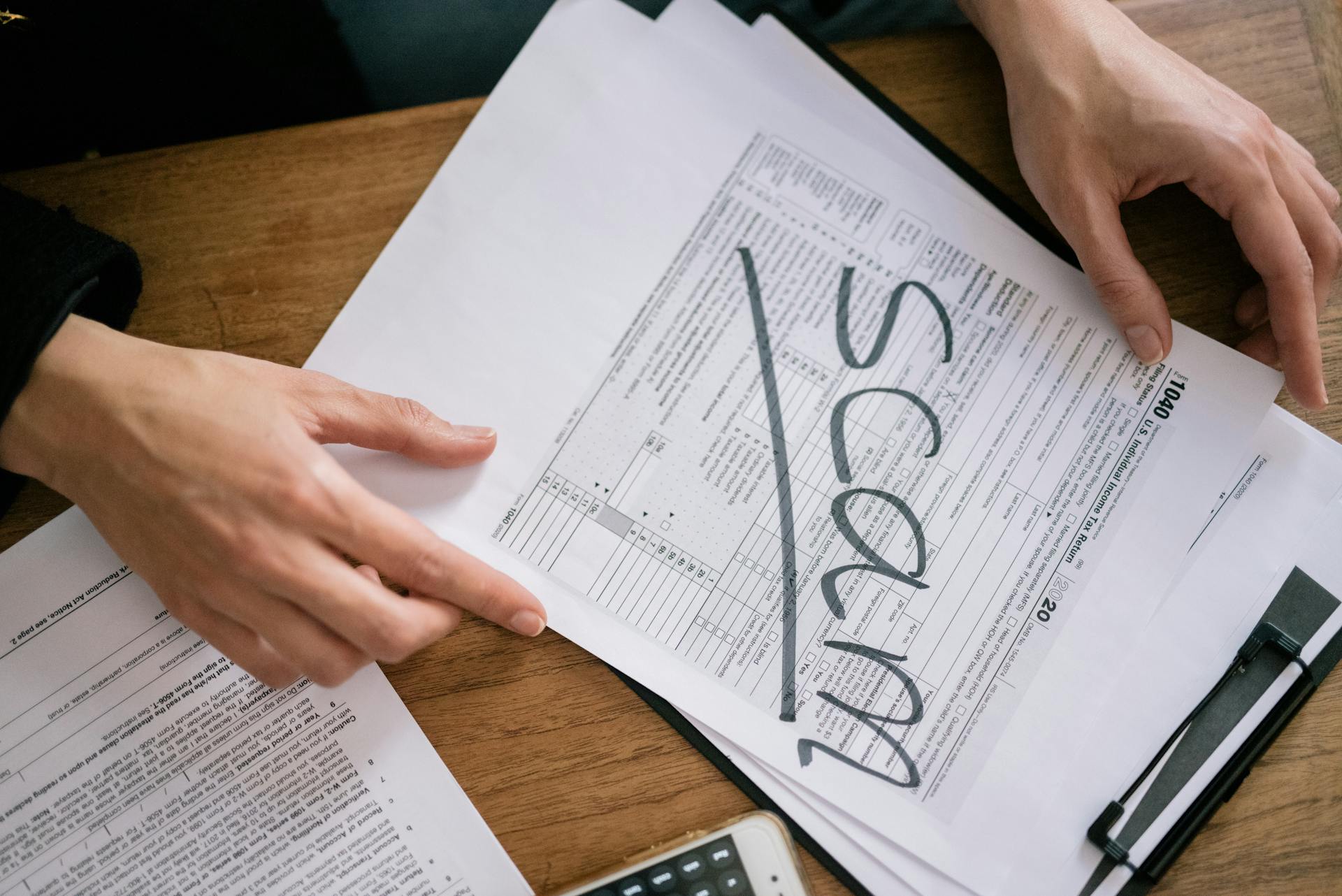
1. Cancel Apple Pay transfers
- Find the transaction in the Wallet & Apple Pay app
- Tap on the fraudulent transaction to cancel it
2. Contest the payment
* Contact your bank to request the payment be canceled or refunded
3. Report the scam
- Open the Wallet & Apple Pay app
- Tap the transaction and select "Report an Issue"
- Tap "Charge Dispute" and choose the issue you'd like to report
Scam Vulnerability
Apple Cash fraud scams are a growing concern, and it's essential to understand how scammers exploit the system. Scam vulnerability is a significant issue, and it's crucial to be aware of the potential risks.
According to a 2022 survey by Consumer Reports Survey Group, 6% of respondents who have used peer-to-peer payment services like Cash App have experienced scam-related issues. This highlights the importance of being cautious when using these services.
Scammers often target Cash App users through phishing scams, which can take place over email, SMS, or phone calls. They might pretend to be employees of Cash App or people you know in real life, trying to convince you to reveal sensitive information.
Government scams are also a significant concern, where scammers impersonate government agencies to trick users into sending them money. They might promise tax refunds or Social Security benefits and ask for your Social Security number, which can be used for identity theft.
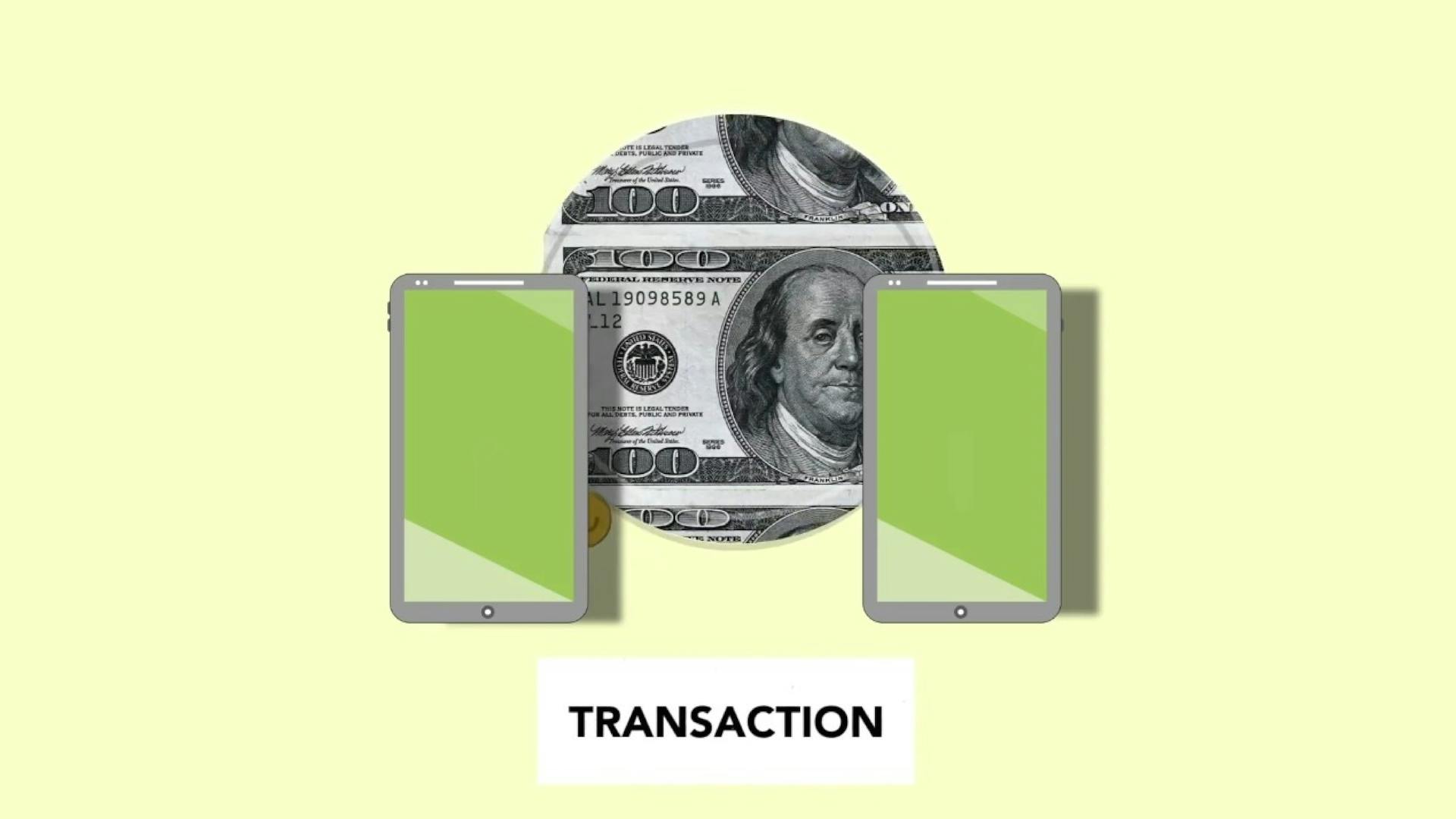
Here are some common scam vulnerabilities to watch out for:
- Phishing scams: Scammers impersonate legitimate entities, such as Cash App or financial institutions, to trick users into revealing personal or financial information.
- Stolen device fraud: Thieves can access a lost or stolen device and make unauthorized transactions using Apple Pay, highlighting the importance of securing devices with strong passwords and enabling features like Find My iPhone.
- Fraudulent transactions: Scammers can add stolen credit card information to their Apple Pay accounts to make unauthorized transactions.
- Peer-to-peer payment scams: Scammers pose as sellers or buyers in online marketplaces and request payment via Apple Pay, leading to financial loss for unsuspecting users.
- Account takeover attacks: Hackers can gain unauthorized access to users' Apple Pay accounts by exploiting weak passwords, security vulnerabilities, or reused credentials from data breaches.
By being aware of these scam vulnerabilities, you can take steps to protect yourself and your money. Remember to only send money to people you know, be cautious when clicking on links, and regularly review your recent transactions in Apple Pay.
Government and Financial Institution Scams
Scams from government and financial institutions are on the rise, with fraud complaints from digital payment systems increasing by 12% from January to November in 2022.
These scams often involve fake government agencies or financial institutions trying to trick you into sending money or revealing sensitive information.
Government Scams
Government agencies do not use Cash App for any purpose. If someone messages you saying they will pay a refund over Cash App, they are a scam artist.
Government scams can be quite convincing, but be aware that scammers often use Cash App to impersonate government agencies. They might claim you're due a tax refund or promise access to Social Security benefits and services.
These scammers will ask for your Social Security number (SSN) to commit fraud or identity theft. Don't give out your SSN to anyone who contacts you through Cash App.
Buying with Stolen Credit Card Details
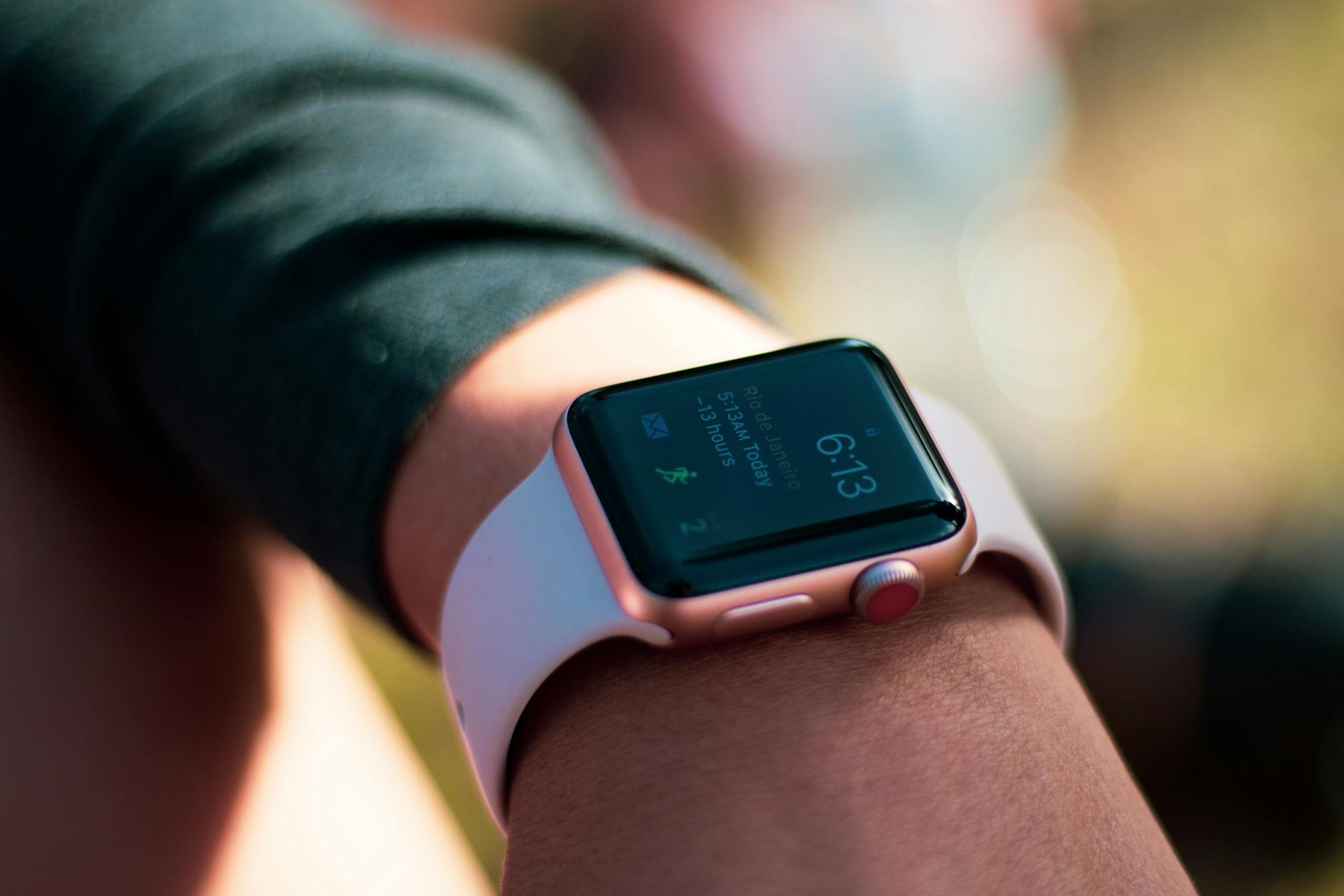
Buying with Stolen Credit Card Details is a growing concern, with scams increasing by 12% from January to November in 2022. Fraudsters connect stolen credit card details to their Apple Pay wallet and search for big-ticket items online.
They often target sites like eBay or Facebook Marketplace, where they offer to pay for items through Apple Pay. This scam can also be run in reverse, where scammers accept your payment without sending the promised product.
Credit card companies typically have better protection against fraudulent charges, making it easier to recoup losses. Unauthorized transactions made using a debit card or bank account are more difficult to recover.
You can protect yourself by being cautious when making online purchases, especially with big-ticket items.
Cryptocurrency and Tech Support Scams
Fraud complaints from digital payment systems, including Apple Pay, have increased by 12% from January to November in 2022.
Once money leaves a mobile wallet, there are few ways to get it back, which is why it's essential to protect yourself against scams and fraudsters.
The sooner you act after being scammed, the more likely you will receive a refund or recovery, so it's crucial to report the incident to Apple and your bank or credit card company as soon as possible.
Cryptocurrency Schemes
Cryptocurrency schemes on Cash App often start outside the platform, typically on social media. Scammers may post videos on Facebook or Instagram promising massive returns on an initial investment if you transfer a certain amount to the scammer's $Cashtag.
You might receive direct messages from scammers asking you to invest in a small amount of cryptocurrency for big returns. This could even come from a friend's social media account that has been hacked.
Cryptocurrency scams on Cash App can be incredibly convincing, making it difficult to distinguish between legitimate and fake investments.
Identifying Tech Support Scammers
Be cautious of free antivirus downloads, as they can be a common tactic used by scammers to gain access to your device.
Scammers often use phrases like "Internet Security" and "Secure VPN" to make their services sound legitimate, but they can be malicious.
Free Mac Antivirus and Android Antivirus downloads can also be scams, so be sure to research the company and read reviews before downloading.
Scammers may also use phrases like "Tune Up" and "Virus Scanning & Malware Removal" to make their services sound necessary.
To avoid falling victim to tech support scams, be wary of unsolicited calls or emails offering to fix your device.
Scammers may also use pressure tactics, telling you that your device is infected with a virus and that you need to act quickly to fix it.
Here are some common tech support scam tactics to watch out for:
- Free Antivirus Download
- Internet Security
- Android Antivirus
- Free Mac Antivirus
- Secure VPN
- Tune Up
- Virus Scanning & Malware Removal
- Installation Files
- Beta Downloads
- Driver Updater
By being aware of these tactics, you can protect yourself from tech support scams and keep your device safe.
Common Scam Tactics and Schemes
Scammers have found creative ways to exploit Apple Cash, and it's essential to be aware of these tactics to avoid falling victim. Phishing scams are a common tactic, where scammers impersonate legitimate entities like Apple or financial institutions to trick users into revealing personal or financial information.
Phishing scams can take place over email, SMS, or phone calls, and scammers may use urgent requests to update account information or verify identity. Unsolicited payments or requests for payment on Apple Pay are also a red flag, as they may be a scam. Treat Apple Cash like physical cash and only send money to trusted individuals.
Scammers may also use stolen device fraud, where they access a lost or stolen iPhone or Apple Watch to make unauthorized transactions. To avoid this, secure your devices with strong passwords, enable features like Find My iPhone, and promptly report lost or stolen devices.
Another tactic is to obtain stolen credit card information and add it to their Apple Pay account to make fraudulent transactions. Peer-to-peer payment scams are also common, where scammers pose as sellers or buyers in online marketplaces and request payment via Apple Pay.
To protect yourself, only transact with trusted individuals or reputable businesses, and exercise caution when making payments to unknown parties. Account takeover attacks are also a risk, where hackers gain unauthorized access to your Apple Pay account by exploiting weak passwords or security vulnerabilities.
Here are some common scam tactics to watch out for:
- Phishing scams: emails, text messages, or phone calls impersonating legitimate entities
- Unsolicited payments or requests for payment on Apple Pay
- Stolen device fraud: accessing a lost or stolen iPhone or Apple Watch to make unauthorized transactions
- Peer-to-peer payment scams: posing as sellers or buyers in online marketplaces
- Account takeover attacks: gaining unauthorized access to your Apple Pay account
Remember, staying alert and knowing what to look for is key to avoiding Apple Cash scams.
Managing and Correcting Errors
Transactions using Apple Pay, Apple Cash, and Google Pay are difficult to reverse once approved, so it's best to use the same precautions as with cash, such as verifying sources and ensuring legitimacy.
If you receive a payment by mistake, instead of sending it back to the sender, ask them to cancel the transaction. If the sender refuses, it's likely a scam.
To dispute a charge on your Apple Card, start by reviewing your transactions in the Wallet & Apple Pay app, then select "Latest Transactions" and choose the transaction to dispute.
Here's a step-by-step guide to disputing an Apple Pay charge:
- Review your transactions to identify any unauthorized or fraudulent charges.
- Contact your bank to initiate a dispute on your behalf.
- Provide details about the unauthorized transactions, including date, amount, and merchant.
- Cooperate with your bank's investigation and provide any requested information promptly.
If your bank initiates a dispute, they may ask you to fill out a dispute form or provide a written statement outlining the unauthorized charges. Be sure to follow their instructions carefully and provide any additional documentation or evidence that may support your claim.
Remember to monitor your account for any further unauthorized activity and report any new fraudulent charges to your bank immediately.
Key Takeaways and Action Steps
If you've been a victim of Apple Cash fraud, acting quickly is crucial to increase your chances of recovery. Follow these key takeaways and action steps to protect yourself and your account.
Don't authorize payment requests automatically. Change your settings to require manual approval for each transaction.
Using public Wi-Fi can put your account at risk, so be cautious and use a secure internet connection.
Linking a credit card to Apple Cash can help you recoup more losses in case of a scam.
Manage Apple Cash payments as real cash, and verify the people you're sending money to.
If you've been scammed, cancel Apple Pay transfers, contest the payment, dispute it via Apple Support, change your passwords, and report the scam.
To report a scam, follow these steps:
- Cancel Apple Pay transfers
- Contest the payment
- Dispute a payment via Apple Support
- Change your passwords
- Report the scam
Apple Cash transfers can't be reversed, even if you've been scammed, because you authorized the transfer.
Frequently Asked Questions
How do I dispute Apple cash fraud?
To dispute Apple Cash fraud, open the Wallet app, sign in with your Apple ID, and follow the steps to report a problem with the suspicious transaction. This will guide you through the process of reporting the issue to Apple for assistance.
Sources
- https://www.avg.com/en/signal/cash-app-scams
- https://www.aura.com/learn/i-got-scammed-on-apple-pay
- https://www.f-secure.com/us-en/articles/how-to-protect-yourself-from-common-apple-pay-scams
- https://reasonlabs.com/blog/apple-pay-scams-how-to-prevent-these-scams
- https://www.avast.com/c-how-to-avoid-cash-app-scams
Featured Images: pexels.com

